Drones are powerful tools and have become widely used within the construction and surveying industry in the past few years. As technology advances so too do the capabilities of our team of experts, utilising the drones to perform 3D mapping, land surveys, photogrammetry and topographic surveys with a birds-eye view. There are many benefits of surveying with a drone so it’s no wonder it’s been harnessed by the industry, but what do you need to know about the tool?
What is a drone survey?
Surveying is the science of determining the distances and positions between two points, whether in a 2D or 3D space. This information is highly valuable for construction projects as it’s used to make critical, informed decisions associated with site planning, infrastructure and boundaries.
When you use a drone to complete this survey, you take the basic principles but the drone’s camera will record all the necessary information for you. As the drone flies above the ground, it uses downward-facing sensors with multispectral and RGB cameras to capture images. Drones collect data from the Geographic Information Systems (GSI) and they use this information to visualize and map out locations.
Ultimately, this streamlines the process and allows for high levels of precision. But, that these aren’t the only benefits of surveying with a drone.
Do you need a drone survey?
So, why opt for a drone survey rather than the more traditional methods? There are several benefits which we’ll be delving into, but put simply, this tool allows for precise, quick data collection.
Highly effective, it might be time to consider using a drone survey for your next construction project. If you are unsure of whether the scope of your works requires this technology, speak to our dedicated team of experts today.
So, what are the benefits of surveying with a drone?
As we’ve already touched upon, there are several benefits to a drone survey. From highly accurate results and quick collection of data to improved safety and accessibility, it’s a useful tool within the construction industry. Certainly, it shouldn’t be overlooked in favour of more traditional methods, particularly as this technology continues to develop. You may be unknowingly delaying your project should you choose to not utilise a drone for the surveying of your site.
1. Reduce field time and survey costs
Do you have a really large building that needs an extensive survey? With more square footage, it can take days or even weeks to compile the necessary information manually. Even with multiple surveyors, you could be looking at wasted time. Whereas, a drone offers a much more efficient survey. It will collect the same data much more quickly and usually require less manpower. It has been shown that drones can collect this information five times quicker than land-based surveying.
This means, not only are you saving time in actually completing the survey but you could be saving money in the cost of labour. You won’t need as many people to come out and complete the job. Nor will they be on-site for as long – meaning they will be invoicing you for less time. So if you’re looking for a quick turnaround time and cost-cutting solution, the benefits of surveying with a drone should be clear.

2. Safety and accessibility
There will be times when a survey is held up by someone not being able to access certain areas of a building. This may be due to safety concerns or ease of access. When this occurs, you are often left with little to no data being retrieved for extended periods of time while the issue is addressed. That is where drones can be extremely useful. They offer access to areas where land-based methods would not. They can take off and fly almost anywhere. Difficult terrain is no longer an issue – nor are high elevation or safety concerns.
Even if you were to use drones in tandem with traditional ideas, it could come in handy when surveying a more derelict building that you wouldn’t want to send a person into. Without needing to manipulate anything or corner off public areas you can gather all of the information you need in one go. Workers do not need to be put at risk and it comes with minimal disruption for the surrounding areas.
3. Roof Surveying
Similarly to the above point – being able to access roofs more easily makes the process of surveying repeatable as well as safe. Common issues that crop up are inaccessible edges and inconsistent measurements. When you have access from the air, it makes the whole process of getting up there and taking measurements much more straightforward. Even with the most complex roof designs, it gives you the benefit of clear and precise imagery which can then be used for CGI.
4. Mitigates the need for access equipment
Being able to capture images of building defects at a high level enables us to mitigate the need for expensive equipment such as scaffolding or MEWPs. Traditional methods will turn to these as their first port of call. However, accessing roofs from above means the site will not have to fork out for the costs of extra people to power machinery and labour.
Similarly, with the need for less staff on-site, you could see a significant decrease in insurance costs. Drones eliminate the need for as many health and safety considerations and extra insurance cover. So if you want to cut down on external costs as well as the time it takes to receive extra equipment – a drone survey maybe your best option.
5. Provide accurate, exhaustive data
Usually, a survey will measure specific points from different stations. This limits you to the amount of data that can be compiled in one go and may even limit the scope of the data as a whole. One of the great benefits of surveying with a drone is that it can produce thousands of measurements with extremely accurate and detailed results to back them up. Not only that, the information can then be represented in different formats. Allowing surveyors to utilise the data in a format that suits their requirements ensures everything is being compared and audited thoroughly.
Aerial methods also allow you to include minute detail that may otherwise be missed. Some of this data could be vital in the development process and anything that is missed could affect the elevation of land or even the construction process later down the line. By simplifying the information, yet providing you with as much of it as possible – you get the most cohesive picture.
6. A single tool with multiple capabilities
I’m sure you are aware of the non-commercial uses for drones such as home videography and just the fun of flying! But within surveying, they offer a host of applications that manual methods wouldn’t allow for. This is one of the reasons we use them for accessing roofs and CGI purposes.
7. Architectural CGI
After surveying the building itself, there are circumstances where high-quality imaging will be needed to visualise the whole site. This is a necessity for designers and architects to complete their processes. If they are developing a property or adding onto it, an external render could be used for marketing purposes or to assist in the dimensions for construction.
Similarly, councils and local areas will use CGI imaging for creating a visual representation of new developments. This helps residents understand the reasons behind the construction and gauge how it will look on completion.
8. Land development –
Drones produce images that provide a foundation for detailed models of certain areas. This can be used in the development of new land, demolition and management. The ease of taking these images means it can be done so at regular intervals to update those involved on the state of the land.
9. Slope monitoring –
Similar to the above capability, measurements can be extracted from information collected that allows us to see the steepness of a slope and how it is changing over time. This is essential in the prevention of landslides and other disastrous effects the land may have on future developments.
10. Densely populated development –
Many of us live in highly populated areas now that are dense with buildings and trees. This makes surveying more difficult and requires intensive planning. Another of the benefits of surveying with a drone is the ability to collect a large amount of data in a short amount of time. Planners can then carefully consider the current social and economic state of the area before they develop further.
Will drones replace surveyors?
We have covered a hoard of benefits that drones provide in the world of surveying. They offer access to otherwise untouchable areas and keep our staff safe. However, we have to think about the role a surveyor holds and if a drone could do this by itself. Firstly, a surveyor gives professional advice on a range of construction matters. Could a drone give you advice? Not in the same way. While it can provide data to be interpreted – the surveyor will look at that information and make some highly knowledgeable decisions based upon it and the needs of the client or area.
Next, surveyors can find structural flaws in buildings or land and provide solutions. While a drone can help point out these flaws with certain measurements or data points, it will not offer practical solutions based on further planning or conversations it has had with colleagues. Nor will it always know how to put the information into practice to find the way around a problem. A surveyor will have plenty of experience in the field to piece together each issue and arrive at a solution.
Also, building surveyors can help draw up estimates for work and determine whether any grants could be put in place. It is obvious that drones will not replace these skills and abilities as the monetary aspect of surveying is an important factor in the overall process. Again, the information it provides will assist in this decision, but at the end of the day, a surveyor is making logical decisions based on external factors.
Lastly, building surveyors can be responsible for working on planning applications and advising people about building regulations and other legal matters. Health and safety would be a factor touched on by drones as we mentioned before. It allows the surveyors to carry out their work more efficiently and safely – however, a drone is not capable of advising others in this manner. Nor does it have the legal background or industry knowledge to carry out these conversations.
Are drones all that?
It is apparent that drones provide all sorts of benefits for surveyors and clients alike. They enable the process to be carried out quickly, efficiently and more safely. This means the data collected will not only be highly accurate but it will be delivered in many formats and at a time to suit everyone.
Working alongside experienced surveyors, they enable the work to be carried out at the highest standard. So especially if you have a large site, you may want to consider drone surveying. Here at Blakeney Leigh, we have the professionals to talk you through every step.
With every project, we take into account the impact it will have on residents and the wider community. We pride ourselves on carrying out every build or service considerately and efficiently. Our highly skilled, 18-strong team of experts really get to know our clients so that the entire process can be as gratifying as possible.
Are you looking to begin a home development project and want to work with a trusted, reputable construction consultancy? Contact us today here or call 020 8777 7700 and a member of our dedicated team will be more than happy to discuss your individual requirements.


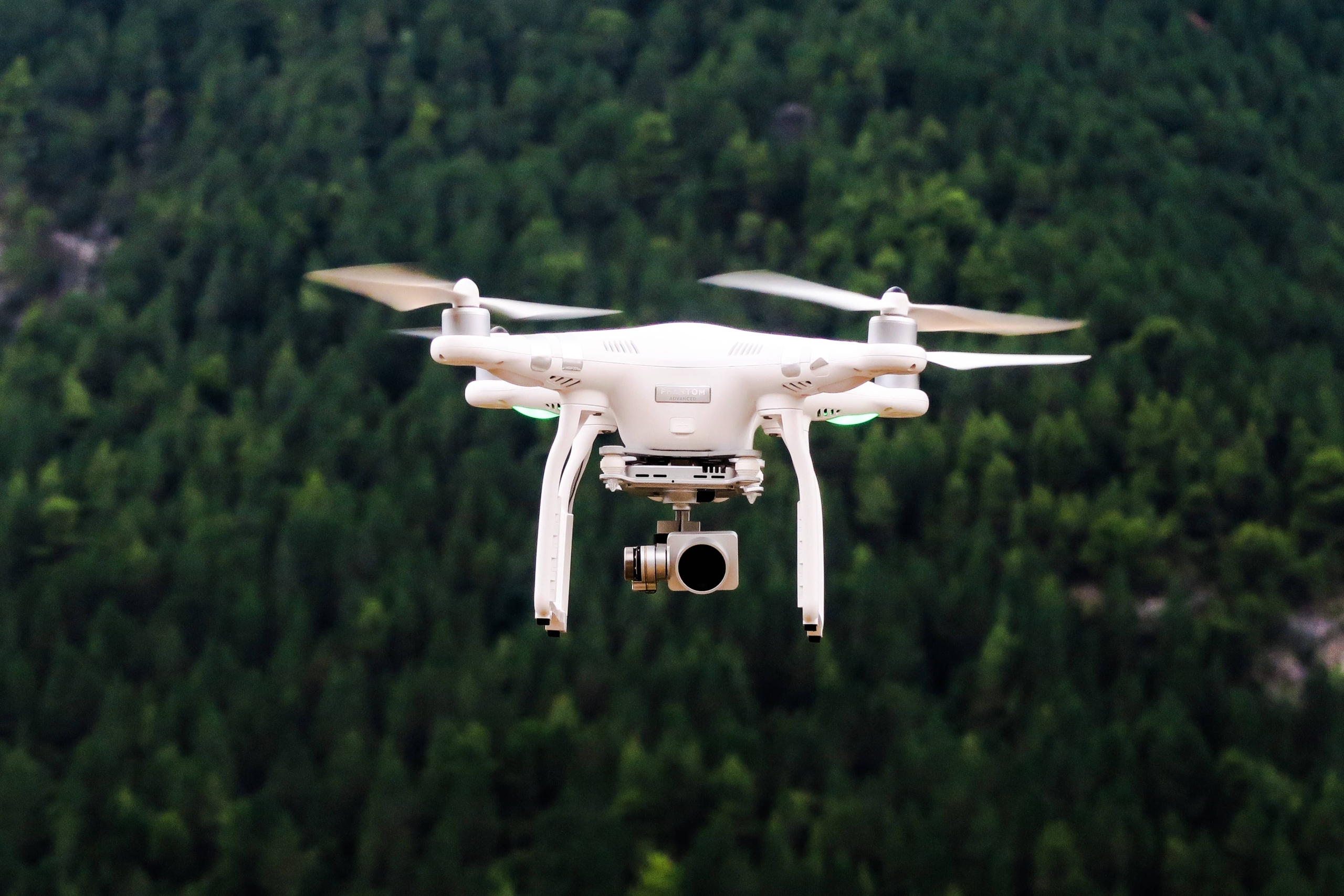

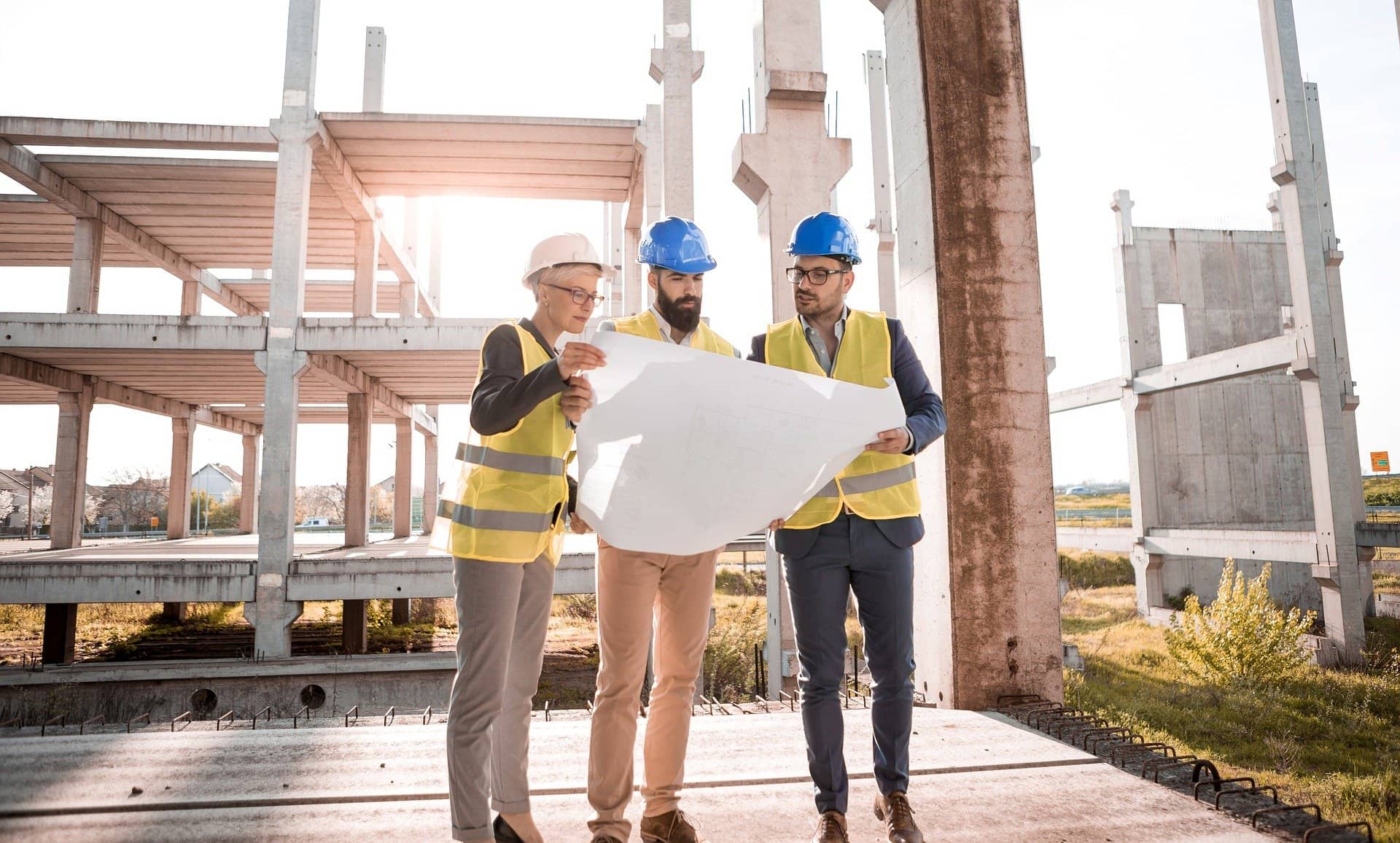

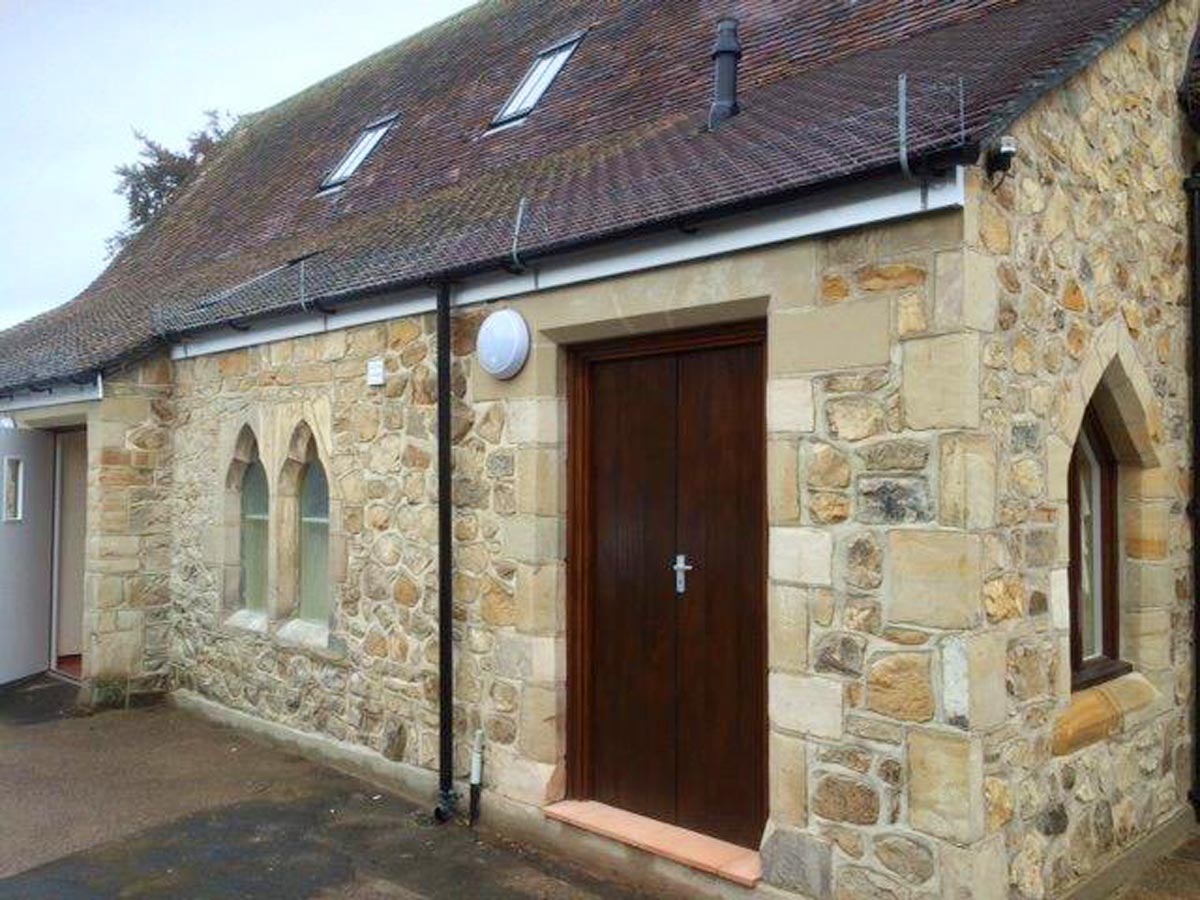
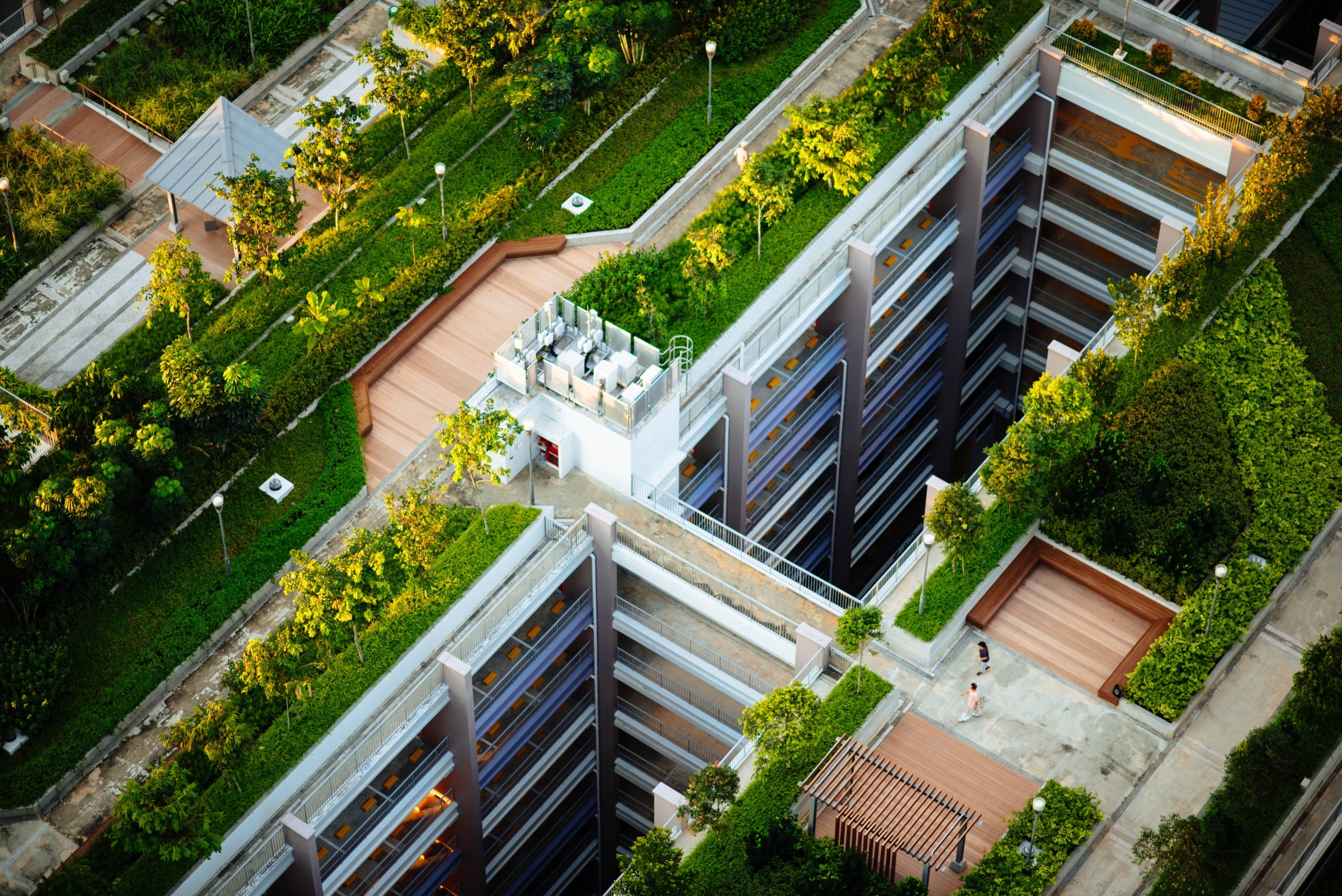
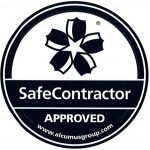

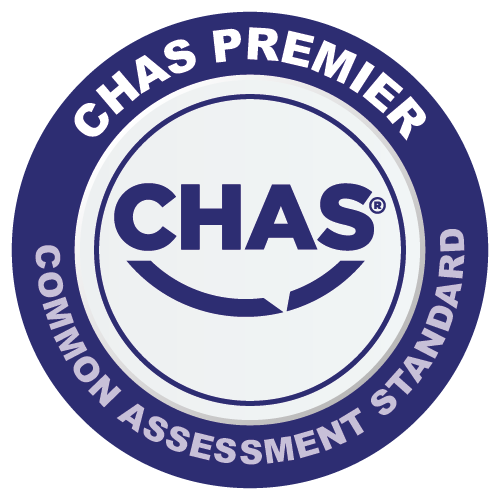
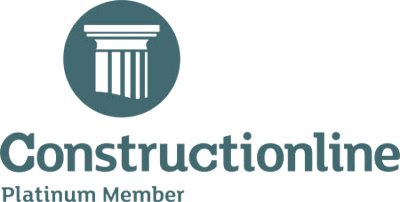
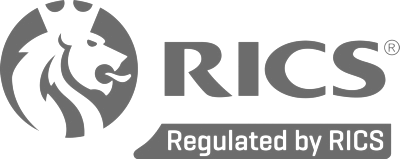

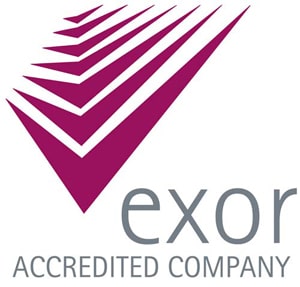

Get Social